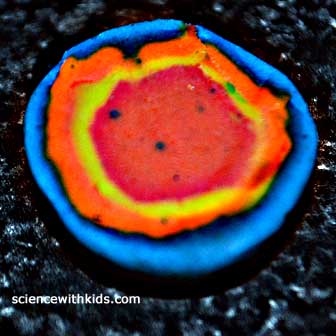
1
DifficultyMake a Cross Section of Earth
Teach Kids about the Inner Layers of Earth
Posted by Admin / in Earth Science Experiments
Materials Needed
- Different colors of clay (red, blue, orange, etc.)
- plastic knife
Making the Cross Section Model of Earth
Step 1: Choose a type of clay for the Earth model. Generally there are two types of clay, including air-dry (gypsum) clay and wax-based (plastilina) clay. Plastilina clay will not harden so it is great to work with, especially if you want to try to re-use the clay. Air-dry clay will harden. In this experiment the photos show a plastilina clay, but you can use either type.
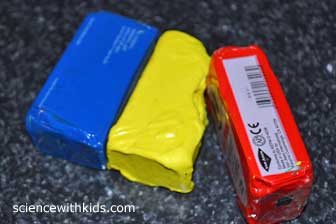
Step 2: Start with the core. Roll a small ball of red clay about the size of a quarter. Describe how this is the Earth's core. If you want to get fancy, coat the red ball (inner core) with a thin layer of yellow clay. This layer is considered the outer core. For the model shown in the example, we kept it simple and just made one ball for the entire core.
Step 3: Using a thin layer of yellow clay, place a layer of clay around the core. This is the lower mantle. Place a layer of orange clay around the lower mantle and call it the upper mantle. Describe the mantle to the kids as they build their cross section of the earth.
Step 4: Next, place a thin layer of blue clay around the mantle layer. This is the Earth's crust. Describe the Earth's crust to the kids. Make sure they make it thin to model how thin the Earth's crust is on our planet. If you want to get fancy, use some brown or green clay to make the continents. We kept our Earth cross section model simple to make it a blue planet.
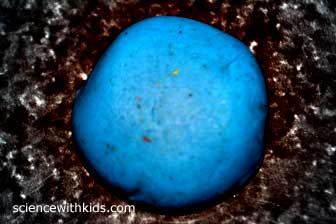
Step 5: Last, carefully have the kids cut their Earth model in half using the plastic knife. Now the kids can see the cross section of the Earth.
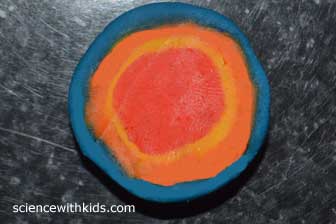
Facts about the Earth Cross Section
- Crust = 18 miles (30 km)
- Upper Mantle = 448 miles (720 km)
- Lower Mantle = 1350 miles (2131 km)
- Core = 2162 miles (3480 km)
Thicknesses of Each Inner Layer of the Earth
- Even though the mantle is not as thick as Earth's core, it contains more than 67 percent of the total mass of Earth.
- The Earth's crust which contains all of the land, bedbrock, and oceans makes up less than 0.5 percent of the Earth's total mass.
- Scientists estimate that the Earth's core has a temperature over 10,000° F.
- Since heat is energy, the Earth's inner layers could provide us with a huge amount of energy.
Cool Facts about the Inner Layers of the Earth
Resources:
-
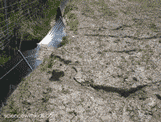
5
DifficultyErosion Experiment
Learn how soil erosion occurs with the soil erosion experiment.
-
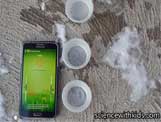
2
DifficultyWater Freezing Temperature Experiment
Experiment with the freezing temperature of water and add things to make it change.
-
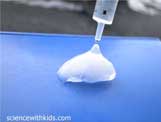
2
DifficultyHow to Make Ice
Experiment which shows how water turns from a liquid to a solid.
-
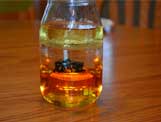
2
DifficultyLiquid Density Experiment
Experiment with different liquids to see how their density varies and what happens when they are mixed.
-
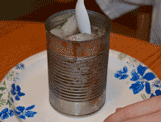
2
DifficultyWater Cycle Experiment
See all of the phases of the water cycle with this easy experiment.
-
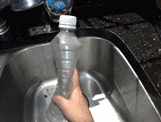
2
DifficultyAir Pressure Experiment
This quick and easy experiment demonstrates how temperature effects the volume of air.
